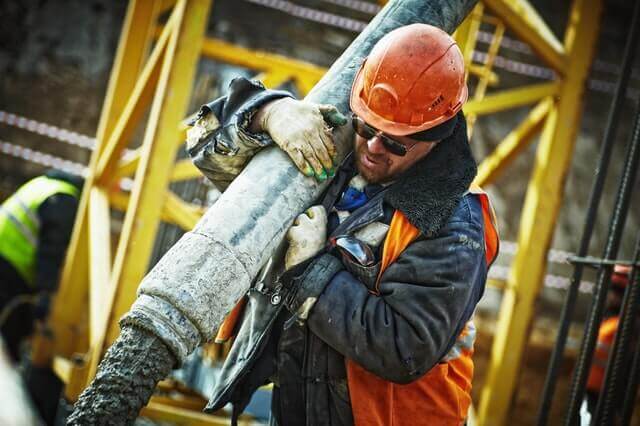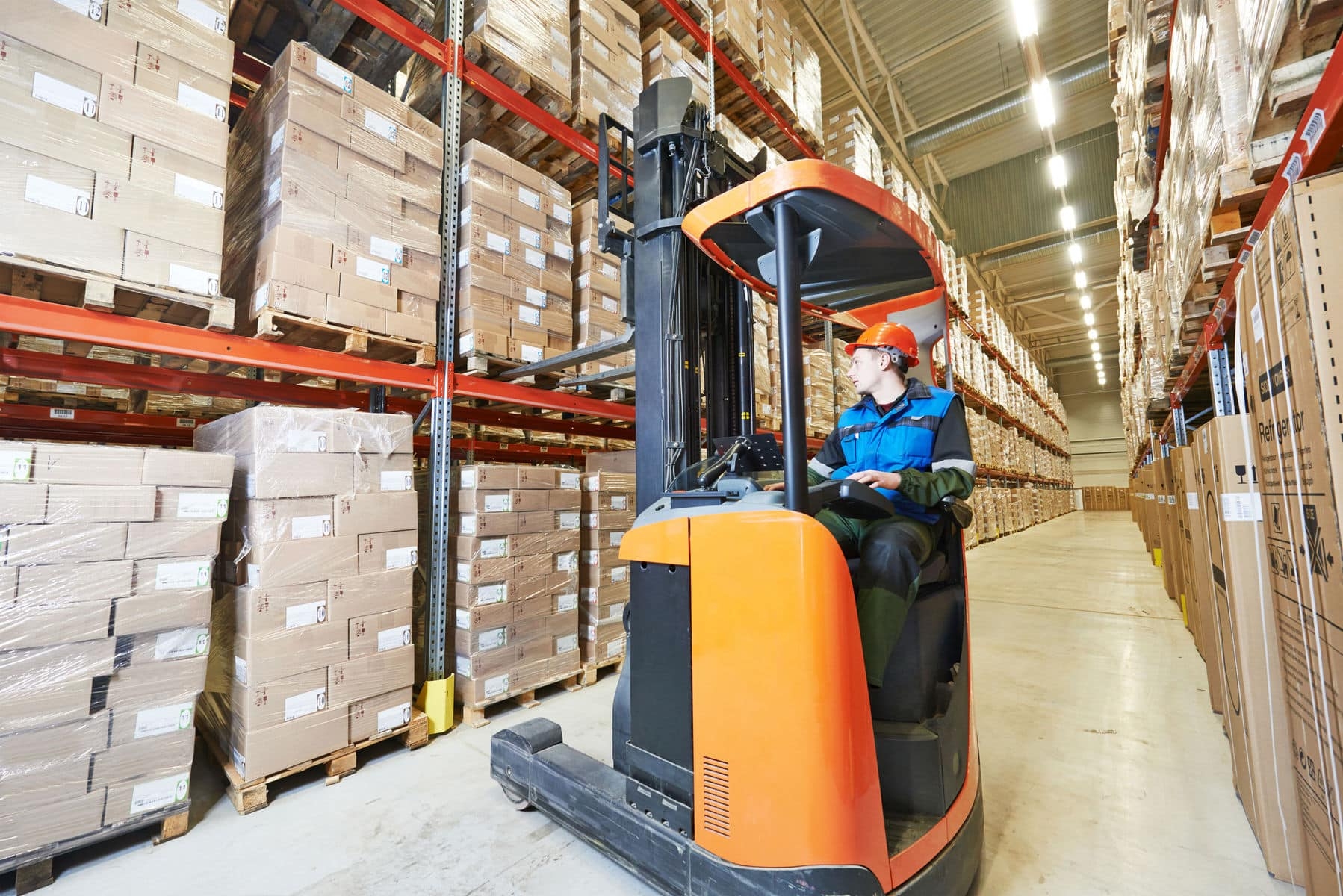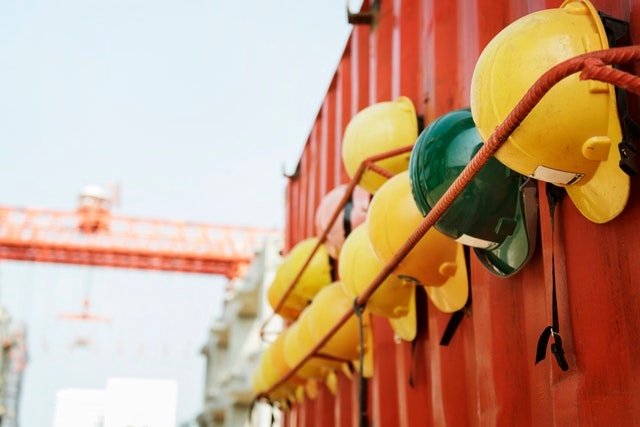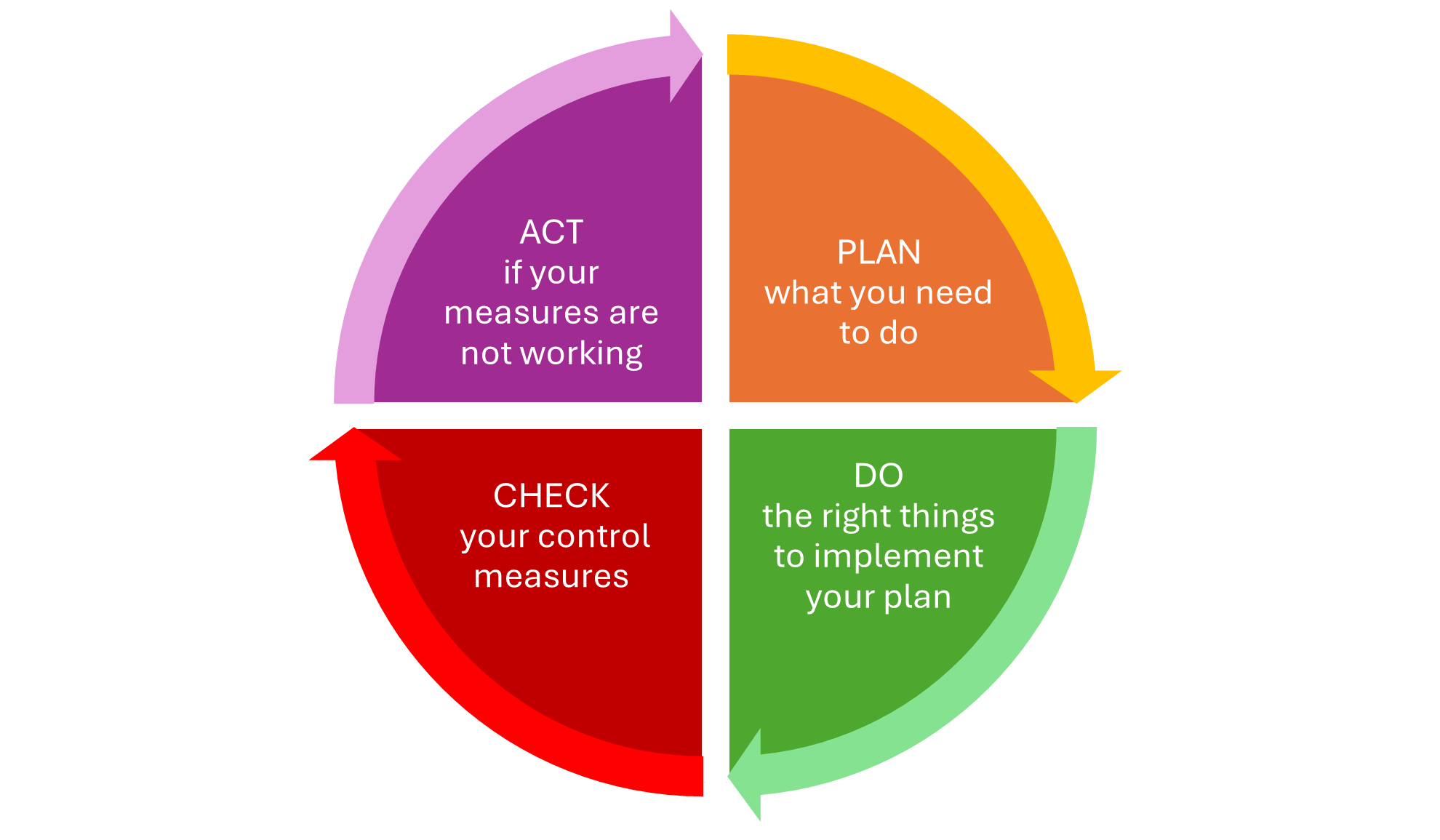 The Construction Sector is one of the most dangerous industries in the UK. This article provides guidance about winter safety for construction sites, and whilst it's primarily aimed at construction businesses may also be informative to other organisations who have employees working outside.
The Construction Sector is one of the most dangerous industries in the UK. This article provides guidance about winter safety for construction sites, and whilst it's primarily aimed at construction businesses may also be informative to other organisations who have employees working outside.
Winter Safety for Construction Sites
The HSE report that there were 40 fatal injuries in the construction sector in the year 2019/2020 and that working in the construction industry is statistically higher than the other industries for work-related injuries. Within the Construction sector employees are exposed to a variety of hazards which are quite different compared to other sectors, including:
- Electric Power Tools
- Moving Plant
- Vehicle Movements
- Working at Height
- Falling Objects
Considering construction sites are dangerous in the first place, if you add in additional hazards due to the winter months, the likelihood of an accident/ incident occurring increases significantly. Therefore, early preparation is key to managing and protecting the safety of those working on construction sites.
Risks to working on a construction site in the winter months
In winter, we see temperatures drop down to freezing temperatures, impacting the health of workers on construction sites. Workers exposed to cold temperatures are more likely to suffer with illnesses and care must be taken with workers who already have an underlying cardiovascular problem, or those with underlying respiratory diseases, or those on certain medications as cold conditions can exacerbate their health problem. Equally, workers exposed to constant cold temperatures over time can lead to the on-set of illnesses which then lead to worker absence.
Working in cold temperatures can also lead to painful joints, fatigue and for long periods of time even could cause hypothermia and frostbite without the correct protection. Frostbite can also occur when contact is made with an extremely cold object even if the skin is protected because the protection being worn may be wet and/or provide inadequate thermal warmth.
In addition, workers using power tools in the winter months are at an increased risk of hand-arm vibration. Hand-arm vibration is exacerbated by the colder temperatures. Workers working in colder temperatures are more at risk of making mistakes leading to accidents/incidents occurring through the lack of concentration and through slower reactions. Colder temperatures can make it harder to concentrate and, in the winter, people may have feelings of sadness (Seasonal Affective Disorder SAD), tiredness and depression.
Precautions and measures to take when working outside in the winter months
The key to keeping everyone safe is through planning. By planning early, you can help mitigate against the likelihood of accidents and incidents occurring. Employees working outside should wear appropriate clothing that fits well, and they should be advised to wear thick, warm socks as the metal within a steel-toe capped boot can act as a cold sink, leading to the foot getting colder faster affecting the regular blood circulation. Workers should be informed to wear layers to help trap the heat, and then when they get hot or get wet, they can remove a layer.
To protect vulnerable workers, they should be given a health screening questionnaire so that they can provide you with any information on an underlying health condition. Likewise, workers should be reminded of the importance of keeping their employer up to date with any changes to their personal health in the event that an underlying health condition may be negatively affected by working in colder environments.
In the winter months, the number of fires increase on construction sites due to workers drying or warming their clothes on heaters. Room heaters are a potential source of ignition and should be used in line with the manufacturer’s instruction. Room heaters should never be covered or restricted, placed well away from combustible materials, and that they are never placed in a walkway where workers could trip over them especially on a fire escape route.
Workers should be encouraged to take regular breaks to enable them to warm up. A suitable and sufficient rest room must be provided that is maintained at an appropriate temperature. Facilities must also be provided to enable water to be boiled for hot drinks, and they should be encouraged to consume hot drinks or soups. Workers should also be provided with a drying room/area to dry their wet clothing. The location of the drying room should be separated from the eating area.
Workers should be informed of the symptoms to look out for if they are starting to suffer from cold stress. Cold stress can be a serious condition, so it is important that workers are taking the necessary precautions and following the measures in place to protect their health, safety, and wellbeing.
Adequate Personal Protective Equipment
As hand-arm vibration can be made worse by the cold temperatures, plan the work to see if it can be carried out at times where temperatures are not so low. If the work with vibrating power tools cannot be eliminated in cold environments, then a risk assessment needs to be carried out. For the majority of construction sites, 5-point personal protective equipment (PPE) should be worn. As part of the 5-point PPE, gloves are mandated to be worn. Where gloves are worn, they must be assessed for the suitability for the task undertaken. Gloves worn should be of good fit, and it's important to ensure that they do not pose an additional risk of entanglement with moving parts of machinery. There are a range of different types of gloves available to suit the different tasks undertaken ensure that workers are using the correct gloves for the tasks. Examples include heavy duty gloves for working with concrete, chemical resistant gloves for working with chemical agents.
Winter Safety for Construction Sites & Weather Considerations
The Site Manager or the Employer should be monitoring the weather forecast especially the daily temperatures so that measures can be put into place to manage the risk from ice, frost, or snow. During the winter months, there should be grit, salt, or sand on stand-by ready to treat the ground surfaces. The most common type of grit used is ‘rock salt.’ The salt will cause the existing ice or snow to melt. However, if gritting in heavy rain the salt will wash away leaving the ground surface still vulnerable to ice forming.
Gritting should be carried out when frost, ice or snow is forecast. The best time of day to grit is early evening before the ice forms and/or early morning before workers arrive on-site. If there are any areas on-site that cannot be cleared, these should be clearly marked and instruct workers to work elsewhere on-site and if the work does have to be carried out, workers should be advised to take their time and extra care.
In periods of wet weather, the ground can become muddy. When the ground is muddy workers are exposed to a risk of harm occurring therefore, measures need to be taken to reduce the likelihood of harm occurring. To start with, are workers required to work in muddy conditions or can the tasks wait until the conditions are drier. If not, eliminate that work area until conditions improve. Where the area cannot be eliminated, and vehicles need to move on to and off site consider applying a temporary measure such as placing stone on the ground as this will significantly reduce the amount of mud on the tyres.
Furthermore, workers should be instructed on the importance of ensuring that their footwear is clear of mud as far as is reasonably practicable and that any access equipment that they intend to climb such as ladders etc. are also clear of mud. Also, workers should be informed to slow down and not to rush. To help reduce the hazard of slips on-sites, good drainage will help prevent standing water and will contribute to the land drying quicker.
Strong winds can also lead to hazards through materials being blown around site and becoming dislodged and/or the uplifting of scaffolding. Furthermore, the amount of day/natural light in the winter is reduced which in return leads to an increased risk of accidents. As daylight is reduced, the amount of lighting required on-site must be properly assessed and planned. There must be sufficient lighting provided to enable workers to see hazards. Furthermore, in the event of an emergency situation there needs to be emergency lighting installed.
Finally, monitoring is important to ensure that the measures implemented are effective and that workers are following them. Regular safety checks of the site will identify any hazards that need measures implementing to reduce the likelihood of harm occurring and likewise, check that the measures in place are still working. Safety checks should be carried out on the site following any periods of heavy rainfall, strong winds, snow, or ice.
To conclude, working in the winter months can be more challenging compared to other times of the year because of the cold temperatures, lack of light, wet conditions, stronger winds and snowstorms. Therefore, as an employer you have a legal duty to ensure the health, safety and welfare of all employees so far as is reasonably practicable. Carrying out effective risk assessments can help you implement reasonable risk control measures, to reduce the likelihood of harm occurring so far as is reasonably practicable.
For advice and support surrounding winter safety for construction sites get in touch with our Health and Safety team today.






